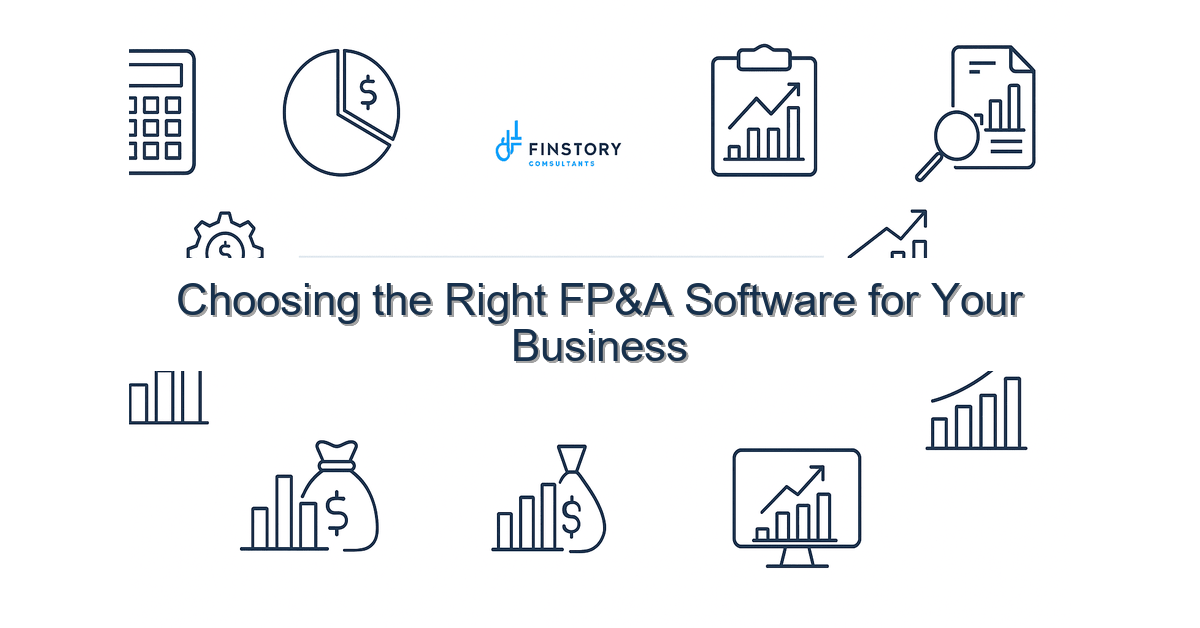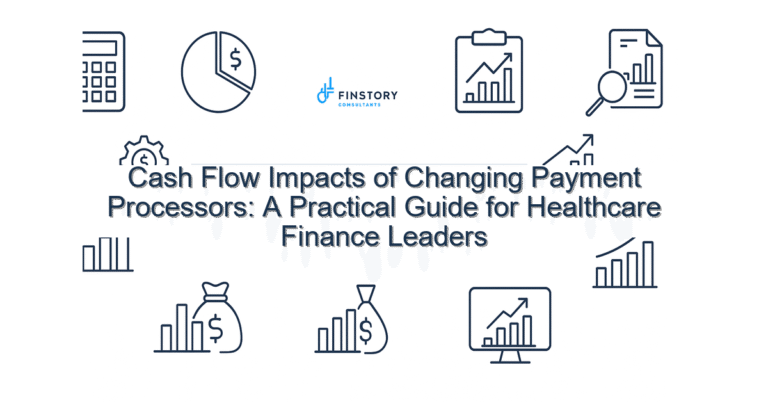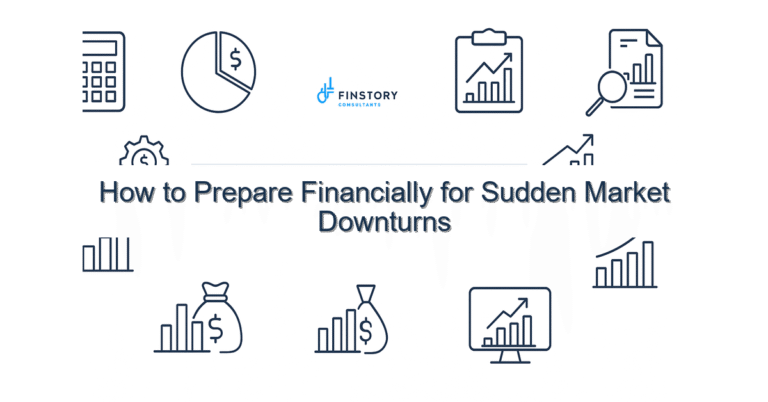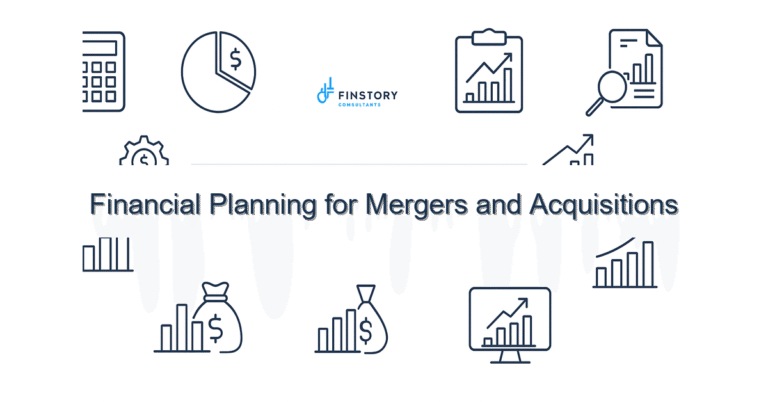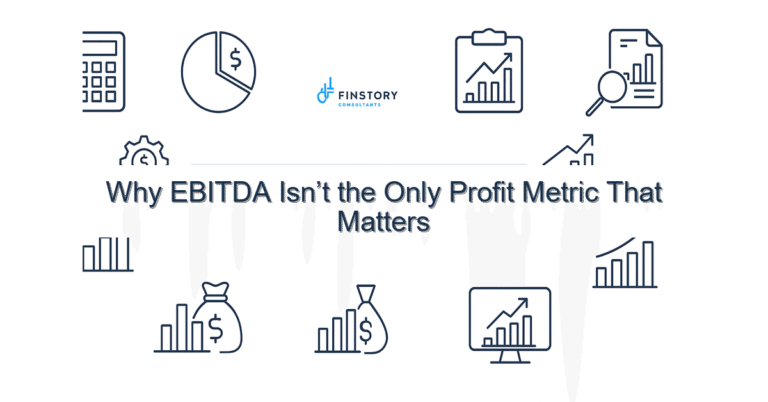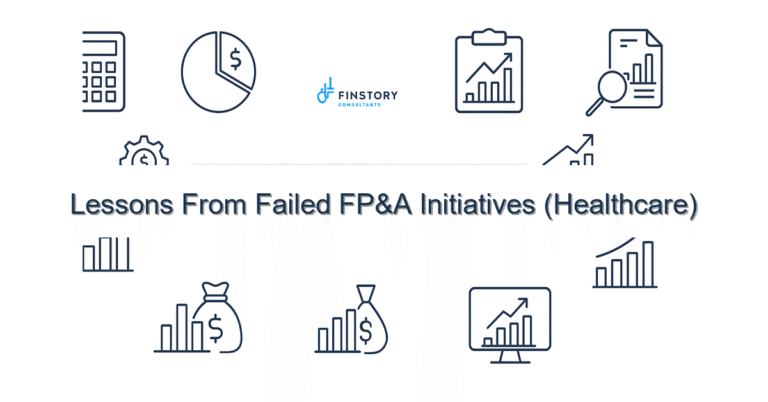Choosing the Right FP&A Software for Your Business
You’re juggling patient care priorities, regulatory pressure, and a budget calendar that never seems to align with reality. Picking an FP&A software feels less like finding a tool and more like choosing the future of your finance team.
Summary: Choose FP&A software that matches your clinical operations, reporting cadence, and data sources. The win: faster budget cycles, fewer reconciliation headaches, and leadership reporting that actually guides decisions.
What’s the real problem?
At its core, the challenge isn’t technology—it’s mismatch. Many hospitals and healthcare systems still rely on spreadsheets, point solutions, or legacy tools that weren’t built for complex care operations. FP&A software should unite finance, operations, and clinical metrics so leaders can forecast with confidence.
- Slow monthly close and budget cycles that leave leaders acting on stale information
- Fragmented data: charge masters, staffing, supply costs, and patient volumes don’t speak to your general ledger
- Reports that look clean but don’t answer the “what should we do” questions for service line leaders
- Too much time spent on manual reconciliations and version control
What leaders get wrong
Leaders often assume FP&A software is a plug-and-play replacement for spreadsheets. It isn’t. Common missteps:
- Buying for features, not fit: prioritizing flashy dashboards over required integrations (e.g., EMR, payroll, supply chain)
- Underestimating change management: thinking the finance team alone will adopt the tool without cross-functional training
- Ignoring data hygiene: failing to clean master data and chart of accounts before migration
- Choosing complexity over clarity: implementing heavy customization that makes updates impossible
A better approach
Pick FP&A software by starting with outcomes, not vendors. Here’s a simple 4-step framework you can use this quarter.
- Define your decision moments. List the 6–8 questions leaders must answer each month (e.g., Which service lines are losing margin? Where to redeploy staff?).
- Map data sources. Identify EMR, ERP, payroll, supply chain, and charge master feeds you need to connect. Prioritize reliable feeds first.
- Prototype with a slice of data. Build a pilot for one hospital or service line to validate assumptions and measure cycle time improvements.
- Plan adoption and governance. Assign data stewards, define a release cadence, and document owner responsibilities.
Real-world quick win: One regional health system we advised reduced variance analysis time from 10 days to 2 days after piloting FP&A software on three service lines—saving 160 analyst hours a month and surfacing a 4% operating margin improvement opportunity within six weeks.
Quick implementation checklist
- List top 8 finance and operational reports leadership uses today
- Inventory data sources and note update cadence (daily, weekly, monthly)
- Choose one service line for a 6–8 week pilot
- Clean the chart of accounts and master data for that pilot
- Connect one high-value feed (e.g., payroll or revenue) and validate numbers against the GL
- Build 3 standard reports: P&L by service line, headcount variance, and cash forecast
- Train 4 power users: finance, operations, clinical lead, and an IT/data steward
- Define a governance checklist for changes and a quarterly review schedule
- Measure baseline cycle times and accuracy to track improvement
What success looks like
Measureable outcomes to use when evaluating FP&A software:
- Forecast accuracy improved to within +/- 3–5% for monthly revenue and expense line items
- Monthly close/variance analysis cycle time reduced by 50–80% (e.g., from 10 days to 2–5 days)
- Reduction in manual reconciliations: 70–90% fewer spreadsheet touchpoints
- Time-to-insight for leadership reports drops to same-day or 24-hour refresh
- Measured ROI: payback on implementation in 9–18 months via labor savings and margin improvements
Risks & how to manage them
Top risks and practical mitigations:
- Risk: Data migration errors. Mitigation: Run parallel reconciliation for two months and maintain a rollback plan.
- Risk: Low adoption. Mitigation: Start with power users, build templates that mirror existing reports, and schedule hands-on workshops.
- Risk: Over-customization. Mitigation: Favor configuration over custom code; document customizations and require a business case for each change.
Tools & data
Modern FP&A software should play well with finance automation and analytics tooling. Look for:
- Pre-built connectors to your ERP, payroll, and EMR
- APIs and ETL-friendly endpoints for data engineers
- Native support for driver-based budgeting and scenario modeling
- Visualization compatibility with Power BI and other BI tools for leadership reporting
Don’t force leadership dashboards to live in two places. If your organization favors Power BI, ensure the FP&A platform can push cleansed, model-ready datasets into your dashboards rather than re-creating visuals twice.
FAQs
What is FP&A software? FP&A software is a set of tools that automate budgeting, forecasting, scenario modeling, and financial reporting so finance teams can make faster, evidence-based decisions.
How long does implementation take? Typical pilots are 6–8 weeks. A full roll-out for a mid-size health system is commonly 4–9 months depending on integrations and change management.
Can FP&A software replace ERP or Power BI? No—think complementary. ERP is your transactional system; FP&A software models and forecasts using ERP data. Power BI or similar tools often remain the presentation layer for leadership reporting.
What’s the right team to run this? A cross-functional squad—FP&A lead, an operations partner, IT/data engineer, and a clinical stakeholder—ensures the model reflects real operational levers.
Next steps
If you’re evaluating FP&A software for healthcare, start with a short pilot focused on the questions leadership asks every month. Use that pilot to validate integrations, improve forecast accuracy, and reduce cycle time. When you’re ready, we can help scope a pilot that connects your EMR and payroll data and plugs into Power BI for leadership reporting.
Contact Finstory to discuss a pilot, or read our case study on healthcare finance transformation and our guide to driver-based budgeting to prepare your team.
Work with Finstory. If you want this done right—tailored to your operations—we’ll map the process, stand up the dashboards, and train your team. Let’s talk about your goals.
📞 Ready to take the next step?
Book a 20-min call with our experts and see how we can help your team move faster.
Prefer email or phone? Write to info@finstory.net
or call +91 44-45811170.
